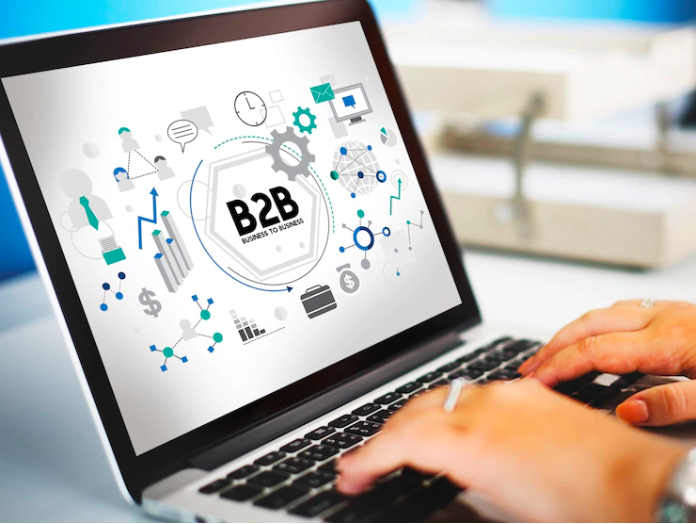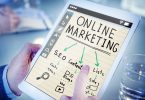In thinking ahead, I can see a lot of B2B marketing organizations prospering in the digital era. Uncertainty and changes to digital are almost certain to have significant impacts on B2B marketing over the coming year.
Going Digital is moving towards Future:
With such a large shift in users towards mobile devices, as well as rampant social media usage, B2B marketers are under sufficient pressure to get their digital marketing strategies right, if they have not done so already. This represents a significant shift in strategy for B2B tech companies and their marketing teams, which must now focus on meeting consumers where they are, more frequently. B2B sales representatives must adopt new tools and channels, and new ways to reach customers, aligning their sales activities with customers buying practices and information-gathering needs. B2B leaders who are committed to further digitizing their Go-To-Market models should enjoy a competitive advantage in the form of a larger number–and more loyal–customers compared with their slow-moving peers.

Disruption through Digital Media:
Over the next five years, even greater growth in digital interactions between buyers and suppliers will disrupt the conventional sales model. This is happening so fast, it is predicted that 80 percent of B2B sales interactions between suppliers and buyers will happen on digital channels by 2025. The most obvious indication of the coming of age of digital sales is the convenience B2B buyers are showing when making big, new purchases and repeat orders online. According to Forrester, 68% of today’s B2B buyers choose online transactions over a traditional in-person shopping experience with salespeople, leaving an extensive digital footprint.
The Omnichannel Approach:
In the modern B2B purchasing journey, there is not just one “handoff” between digital and in-person (or, for that matter, from marketing to sales). Today’s B2B buyers are not just agnostic about channels when it comes to behaviours, but digitally dominant when it comes to preferences. More companies are adopting omnichannel approaches to marketing and customer experience, responding to digitals acceleration and increasing needs of B2B buyers.
Balancing Act:
Adopting more of a holistic approach to customer engagement, B2B marketers are starting to rely on hybrid strategies, which combine digital and analogue channels, in order to enhance their outreach to enterprise professionals and vertical audiences. There is additional evidence to suggest B2B companies are adopting a hybrid marketing strategy, mixing digital and analogue programs. However, companies are increasingly required to revamp their marketing strategies to incorporate large swaths of digital advertising, just when the old techniques are starting to gain less traction than they once did.
The transition is for good:
Customers have begun moving away from the traditional buyer’s journey, further gravitating toward digital-first approaches, raising expectations of digital services and experiences for companies each year. As the end of 2022 approaches, many B2B businesses are looking towards an evolving future for their sales and marketing teams, whether it is with innovation strategies or if there are changing buyer trends. With the growth of predictive analytics, digital marketing is only going to continue to grow, and it is a propitious moment for businesses to get their feet wet on the shallow side of the waters before they can jump all-in and benefit from the ocean.








